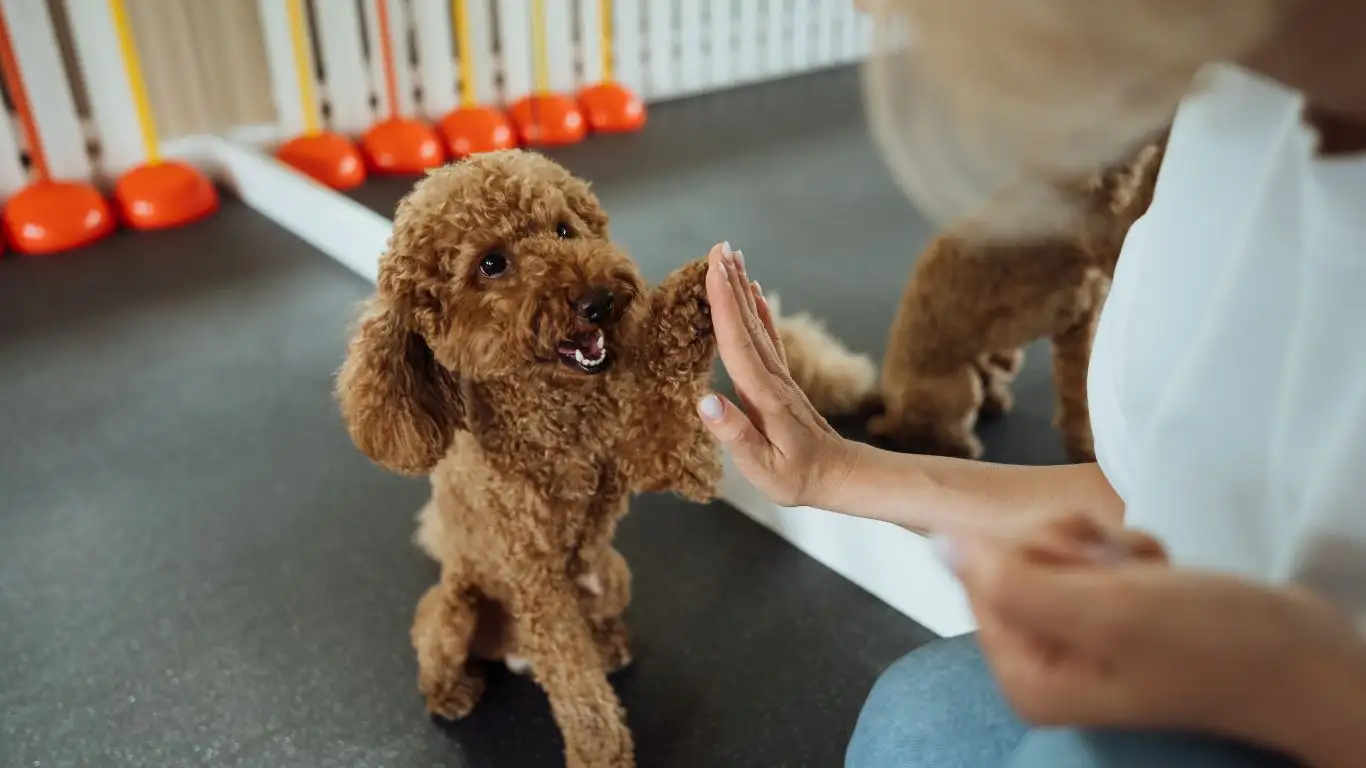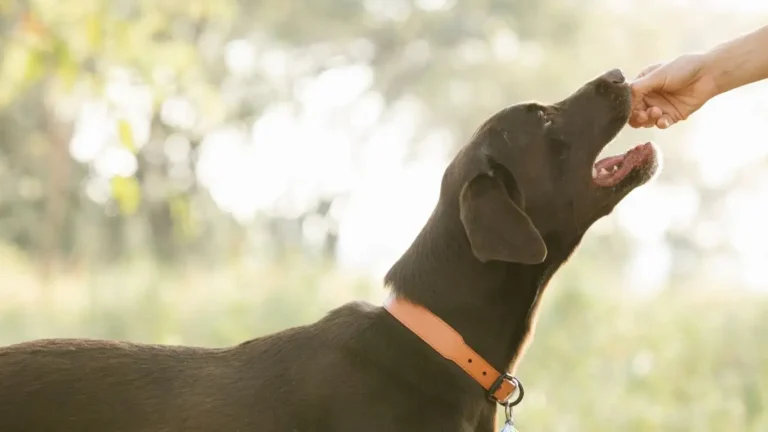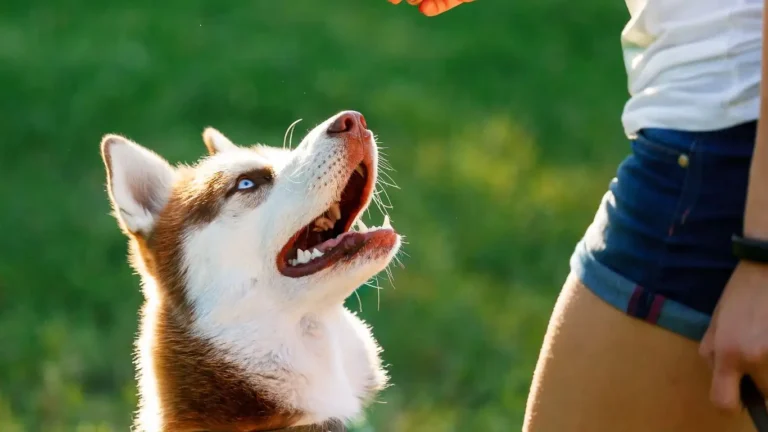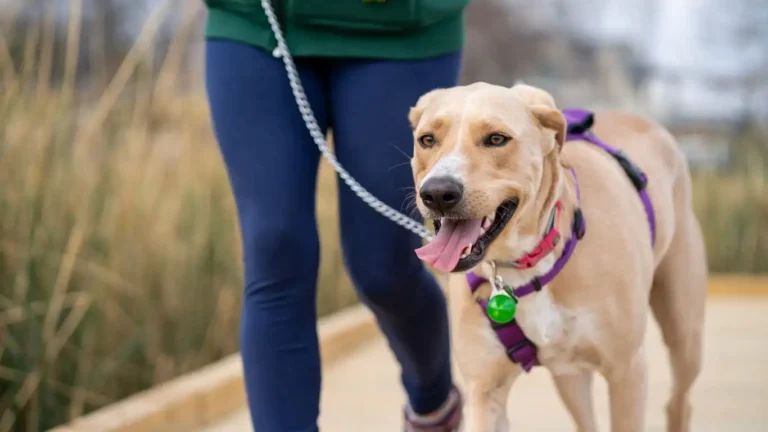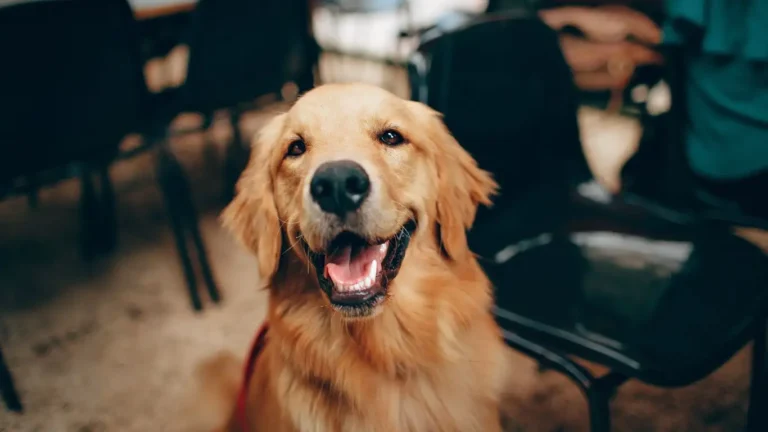Stop Dog Car Whining: Proven Tips to Train Calm Travel Behavior
If you’ve ever wrestled with getting your dog to stay calm during car rides, you’re not alone. One of the most common issues I hear from new pet parents (and even seasoned ones) is how to train a dog to tolerate car rides without whining. That high-pitched, anxious whimpering from the back seat? Yep. Been there. As someone who works with dogs daily as a Canine-Assisted Therapy Trainer, I’ve seen it all—from the dog that refuses to even get into the car, to the one that cries the whole way to the vet. The good news? With the right mix of patience, training, and understanding, you can absolutely help your pup turn car rides from torture into tail-wagging joy. Let’s dive in.
Why Do Dogs Whine in the Car in the First Place?

First, it helps to understand what’s actually going on when your dog starts to whine, pace, or even drool during a drive. Whining can stem from several things, and just like people, dogs have their own personalities and past experiences.
Common Reasons Behind Car Anxiety
- Motion Sickness: Just like humans, dogs can feel queasy from the motion of the vehicle.
- Fear or Trauma: If your pup associates car rides with negative experiences (like vet visits), expect some resistance.
- Overexcitement: Not all whining is bad—some dogs are just super stoked and can’t contain themselves.
- Lack of Familiarity: Puppies or rescue dogs may have never been in a vehicle before. New = scary.
I once worked with a Golden Retriever named Max who would cry nonstop in the car. His owner was at her wit’s end. Turns out, Max had only been in the car three times before—and every single trip ended at the vet’s office. We had to completely rewrite his “car script.” And guess what? You can do that too.
Creating Positive Associations With Car Rides
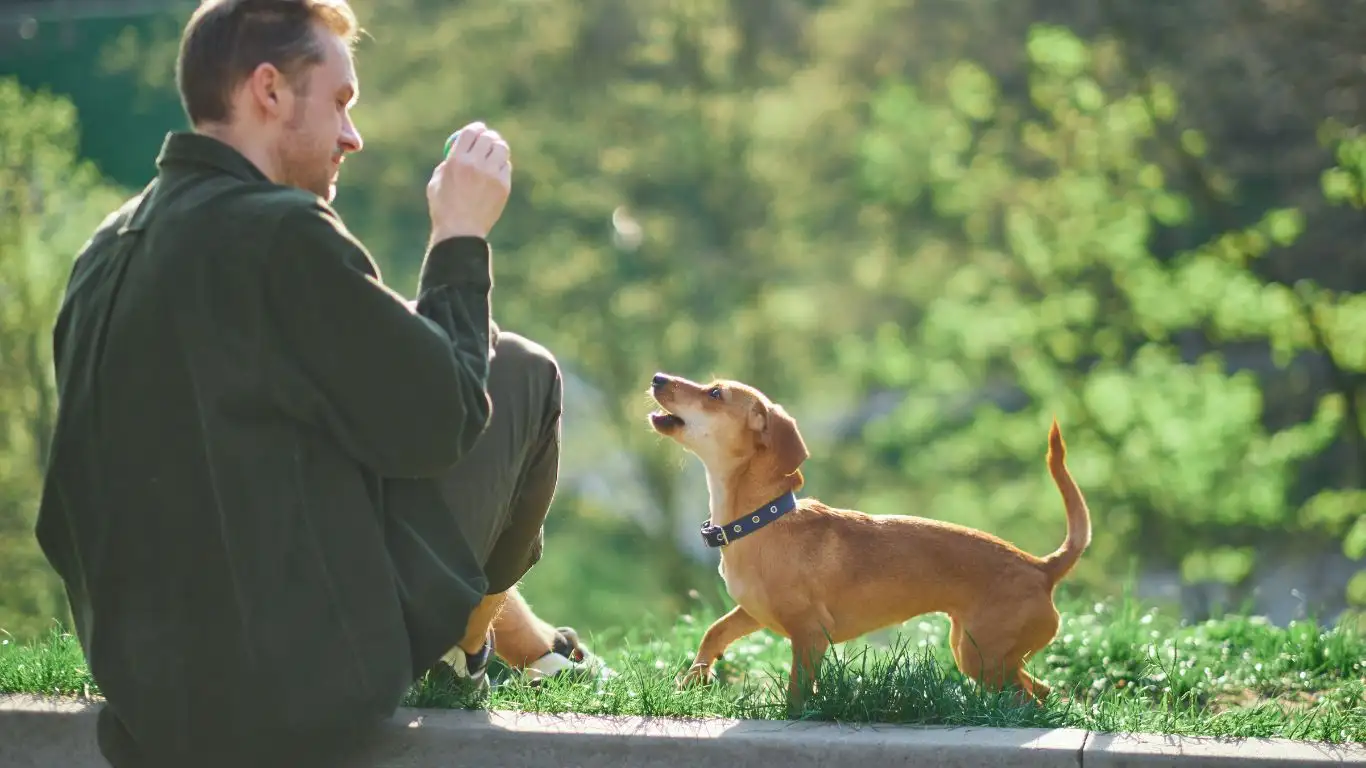
This step is an absolute game-changer. When you’re figuring out how to train a dog to tolerate car rides without whining, the foundation is always going to be rooted in building up positive experiences. That means you don’t start with a full-on road trip. Nope. You start simple—like parking lot level simple.
Start With Stationary Training
Before you even turn the key, your dog needs to feel safe and chill inside the car. Here’s how I’ve had success:
- Open all the car doors and let your pup explore at their own pace. No pressure, just curiosity.
- Use treats, praise, or their favorite toy to lure them in and out of the vehicle.
- Once they’re comfy inside, sit with them for a few minutes. No engine, no movement.
When I was working with a rescue Lab mix named Luna, we spent four sessions just hanging out in the driveway. She’d hop in, grab a peanut butter-stuffed Kong, and chill in the back seat while I worked on my laptop next to her. By session five, she was voluntarily hopping in like a champ.
Keep Initial Rides Short & Sweet
After your dog’s comfortable just being in the car, try a short 2–5 minute drive around the block. This is not the time for errands. This is a mission. Here’s what helps:
- Keep the vibe low-key—soft music, windows cracked, no sudden stops.
- Reward your dog immediately after the ride ends with a walk or play session.
- Gradually increase the distance over time, always ending on a positive note.
Gear That Helps Ease the Whining

Not every solution is about training alone. Sometimes the right gear can do wonders to reduce anxiety and prevent that nonstop whining. I’m all for working smarter, not harder, and here are a few tools I recommend to my clients all the time:
Helpful Tools to Consider
- Dog Car Harness: Keeps your pup secure and prevents pacing or jumping between seats.
- Crash-Tested Crates: Especially helpful for dogs who prefer enclosed spaces—they feel safer.
- Calming Aids: Things like Adaptil sprays, calming chews, or pheromone collars can take the edge off.
- Sun Shades: Reduce glare and keep the space from feeling overstimulating.
I worked with a Beagle who would shake from the moment the ignition started. A combination of a cozy crate, a lavender-scented calming spray, and a window shade changed the game for her. Now she rides to the park like a queen.
When to Involve a Professional
Sometimes, despite all the love and patience in the world, progress feels nonexistent. If your pup is panicking, vomiting, or completely shutting down in the car, it might be time to loop in a certified dog behaviorist. There’s no shame in that at all—I’ve referred plenty of cases to colleagues who specialize in canine anxiety disorders. Dogs are individuals, just like us, and sometimes they need a tailored game plan.
Practicing Calm Behavior Before and During Rides

Once your dog starts hopping into the car without drama, the next step is reinforcing calm behavior—both before the ride starts and while you’re on the move. I always tell clients: dogs feed off our energy. If we’re tense, they’ll pick it up. So first tip? Take a few deep breaths and act like it’s no big deal.
Pre-Ride Calm is Key
Getting your dog amped up before a drive is like giving a toddler sugar right before nap time—it never ends well. Instead, try this:
- Exercise First: A brisk walk or quick play session helps burn off that nervous energy.
- Practice “Place” Command: Have your dog settle on a mat before heading out. Reinforce that calm = car time.
- Reward Quiet Behavior: Treats and calm praise go a long way when they’re showing self-control.
One of my therapy dogs, Jasper, used to jump and whine at the sight of my car keys. We worked on that by desensitizing him to the cue—picking up keys, then not going anywhere. Over time, his excitement turned into chill anticipation.
During the Ride
If your dog starts whining once you’re on the road, don’t panic. Don’t scold, either—dogs don’t connect punishment with behavior in the way we hope they do. Instead, try this approach:
- Stay Silent: Don’t feed into the behavior. Attention, even negative, can reinforce it.
- Use a Calm Cue: If you’ve taught a “settle” or “quiet” command at home, now’s the time to gently use it.
- Shorten the Ride: If whining escalates, pull over, give a moment to reset, then try again or head home.
With one anxious Boxer mix I trained, we had to pause every 3 minutes the first week. But by week three? He was riding to doggy daycare like a pro, not a peep the whole way.
Desensitization and Counter-Conditioning Techniques

These might sound like fancy terms, but they’re just technical words for slowly changing your dog’s emotional response to car rides. I use these techniques in therapy work all the time—especially with dogs who’ve had rough starts or traumatic associations with travel.
How to Desensitize Your Dog
Start small, then scale up. The trick here is repetition without overwhelm. For example:
- Start by opening the car door and asking your dog to sit nearby—no expectation to enter.
- Once that’s easy, invite them in but don’t go anywhere. Treat, praise, exit.
- Work up to closing the doors, then turning on the engine—without driving.
- Finally, do short, positive drives to places your dog loves (like the park or a friend’s backyard).
Counter-Conditioning: Pairing Car Time with Good Stuff
This one’s my favorite. You’re essentially flipping the script. Instead of “car = stress,” it becomes “car = party time.”
Ways to do that:
- Bring high-value treats your dog only gets during rides—think cheese, freeze-dried liver, or chicken.
- Use special toys that live in the car. Keep them novel and interesting.
- End every ride with a reward—a walk, a game of fetch, or a snuggle session.
I once worked with a fearful terrier named Dottie who hated car rides so much she’d freeze at the door. We built her confidence step by step with counter-conditioning. Her turning point? Discovering that peanut butter in the car meant good things were coming. Within a month, she’d jump into the car tail-wagging.
Consistency, Timing, and Patience Are Everything

Now, let’s be real—there’s no magic wand for training. Whether you’re figuring out how to train a dog to tolerate car rides without whining or just trying to get your dog to sit politely for treats, consistency is where the magic happens.
Set a Routine
Dogs thrive on routine, and it can be especially helpful with car training. Pick consistent times and destinations. Maybe every morning you do a quick loop around the block before breakfast. Predictability builds confidence.
Keep Sessions Short and Sweet
Don’t turn every outing into a training marathon. Ten minutes of success is better than an hour of struggle. It’s okay to take it slow—I’d rather see baby steps than burnout, for both of you.
Be Patient With Setbacks
There will be off days. Rainy days. Days where your dog just isn’t feeling it. That’s okay. You’re building trust, not just travel tolerance. If you have a rough ride, take a break, reset, and come back stronger the next day.
Trust me—I’ve worked with every type of dog, from bouncy Labradoodles to stoic German Shepherds, and the ones who succeeded all had one thing in common: humans who didn’t give up.
Real-World Wins from the Field
Let me share one more little story. A client of mine had a Shih Tzu named Bella who shrieked like a banshee every time they got into the car. The owner was convinced it was hopeless. But after a few weeks of working together—using a comfy travel crate, lavender-scented wipes, and tons of peanut butter—Bella not only stopped whining, she’d trot into her crate before her humans even grabbed the leash. Total 180.
The truth is, with the right tools and a little bit of strategy, any dog can learn to love the ride.
Training for Different Dog Personalities and Energy Levels
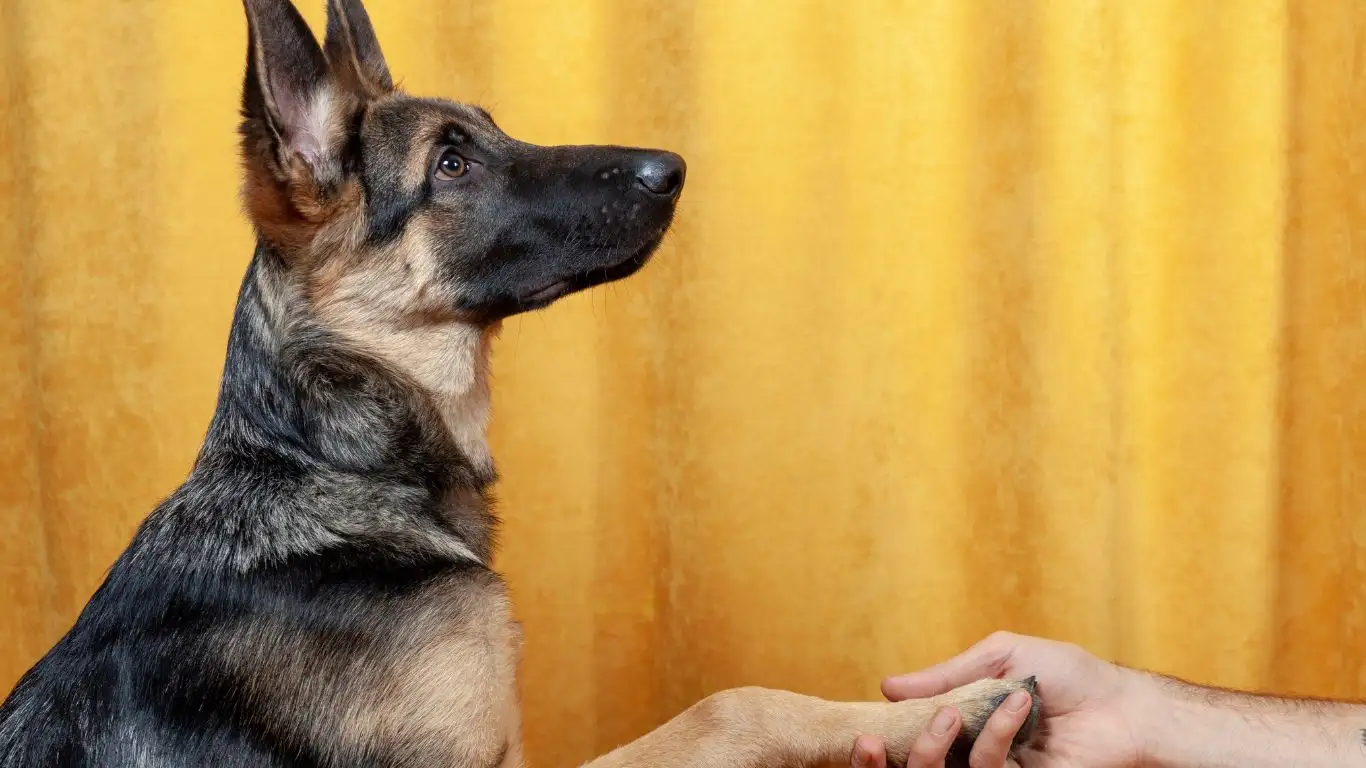
Now, let’s talk real-life variables—because not all dogs are wired the same. What works for a mellow senior Pug might flop hard with a high-octane Husky. In my work as a Canine-Assisted Therapy Trainer, I’ve had to tweak my approach with every dog depending on their energy, breed tendencies, and background. When you’re teaching how to train a dog to tolerate car rides without whining, flexibility is everything.
High-Energy Dogs
If you’re working with a dog that seems like they drank a gallon of espresso before the ride, the key is draining that energy before they even see the car. I’m talking about structured play, fetch, agility—whatever gets them panting. A tired dog is a quieter dog, plain and simple.
I used to train a Belgian Malinois named Jett. Amazing working dog, but holy cow—his brain never stopped. We added scent work before car rides to mentally exhaust him, and boom, instant improvement in whining and pacing during trips.
Low-Energy or Senior Dogs
These pups might not be overexcited but can still be anxious or stiff in the car. For them, it’s about comfort and security. Orthopedic dog beds, extra padding, even a warm-up massage before the drive can work wonders. And don’t underestimate the power of soft, familiar scents—an old t-shirt from their favorite person can act like a little security blanket.
Rescue Dogs or Dogs with Trauma
This group often requires the most patience, and that’s okay. These pups might have no idea what a car even is—or worse, associate it with abandonment or fear. Go extra slow. Use desensitization in baby steps and celebrate tiny wins. I had a rescue collie that wouldn’t go near the driveway. Six weeks of nothing but backyard clicker training, and she eventually walked to the car tail-up, tongue out.
Common Mistakes to Avoid

Even the most well-meaning pet parents can hit bumps in the road. Here are some of the top mistakes I see when people are trying to solve car-related whining. Avoid these, and you’re already ahead of the game.
- Skipping the Foundation: Jumping straight into long drives without prep is like signing up for a marathon without stretching.
- Overreacting to Whining: Shouting or scolding often makes anxiety worse. Instead, stay neutral and redirect behavior calmly.
- Inconsistent Training: Dogs need repetition. If you only practice once a week, progress will crawl. Aim for short, daily sessions.
- Only Driving to Stressful Places: If the car only means “vet” or “groomer,” your dog’s just reacting to the pattern. Mix in fun destinations!
- Using the Wrong Gear: Letting your dog roam the car freely is risky and can increase their stress. Secure setups = secure minds.
Extra Tips from a Canine Therapy Trainer
As someone who’s worked with hundreds of dogs over the years, I’ve picked up a few little hacks that make a big difference. These aren’t miracle cures, but they’re solid tools to have in your toolbox:
Use a Favorite Scent
Dogs are all about smell. Spraying a blanket or toy with a calming scent (like chamomile or dog-safe lavender) and placing it in the car can lower stress levels naturally. Bonus: familiar smells reduce motion-related discomfort too.
Try Dog Calming Music
This one sounds silly until you try it. Playlists like “Through a Dog’s Ear” are designed to slow heart rates and reduce anxiety. I’ve had clients who swear by it—and I use it with some of my own dogs when we hit traffic.
Consider Natural Calming Aids
Things like PetMD approved CBD chews, calming collars, or herbal supplements can take the edge off. Just check with your vet first to make sure it’s a good fit for your pup’s needs.
When You’ve Tried Everything: Medical Evaluation
If your dog’s whining continues even after consistent training, gear adjustments, and all the patience in the world, it might be time to rule out health issues. Dogs don’t fake discomfort, and sometimes motion sickness or even pain from arthritis or GI issues could be to blame.
Here’s what to check with your vet:
- Ear infections: These can throw off balance and make movement feel icky.
- Joint pain: Getting into or sitting in the car may actually hurt.
- Stomach sensitivity: Even mild nausea can cause whining or restlessness.
Your vet may suggest anti-nausea meds, calming medication, or even a behaviorist referral. Resources like AKC or NIH often offer additional guidance on canine behavioral health too.
Helping Your Dog Love the Ride (Not Just Tolerate It)
Here’s the real goal: not just getting your dog to tolerate car rides, but actually enjoy them. Whether it’s a Sunday drive to the lake, a family road trip, or just errands around town, your dog can be a calm, happy travel buddy. It’s about shifting their mindset—and yours—from “car equals stress” to “car means adventure, connection, and fun.”
My own dogs now nap the moment we hit the road. But that didn’t happen overnight. It took a mix of patience, creativity, a few setbacks, and a whole lot of cheese. If I can get a reactive cattle dog to ride peacefully next to a toddler and a Pomeranian, you can totally help your pup ditch the backseat drama too.
Disclaimer
This article is based on real-world experience as a Canine-Assisted Therapy Trainer and is intended for informational purposes only. Always consult your veterinarian or a certified dog behaviorist before beginning a new training or treatment plan for your pet, especially if your dog has existing medical or behavioral concerns.
